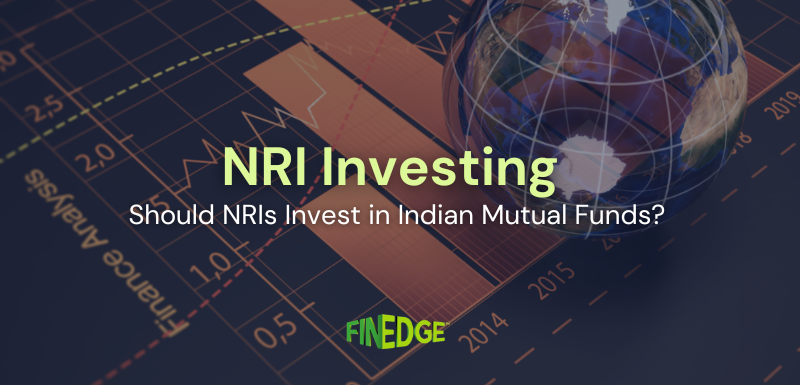Hybrid Mutual Funds - Decoded

SEBI’s recent recategorization move has resulted in the creation of 36 “categories” of Mutual Funds, each with iron-tight definitions that are impossible to manipulate. In the long run, this stands to benefit investors as they will know exactly what they’re getting into while investing their hard-earned money! Here are the 6 sub-categories of “Hybrid” Mutual Funds, along with a short note on who exactly this category of Mutual Fund is “Sahi” for!
Conservative Hybrid Fund
SEBI’s Definition: Investment in equity & equity related instruments- between 10% and 25% of total assets; Investment in Debt instruments- between 75% and 90% of total assets
Suitable for: retirees whose primary intent is to safeguard their capital. SWP’s can be used to generate income from these funds, as they will be relatively stable.
Balanced Hybrid Fund
SEBI’s Definition: Equity & Equity related instruments- between 40% and 60% of total assets. Debt instruments- between 40% and 60% of total assets. No-Arbitrage would be permitted in this scheme.
Suitable for: Moderate risk-taking individuals with medium-term wealth creation goals that are 3-4 years away.
Aggressive Hybrid Fund
SEBI’s Definition: Equity & Equity related instruments- between 65% and 80% of total assets; Debt instruments between 20% 35% of total assets
Suitable for: High risk takers with 4-6-year time horizons, and with a clear understanding of the risks associated with equity markets
Dynamic Asset Allocation or Balanced Advantage
SEBI’s Definition: Investment in equity/ debt that is managed dynamically
Suitable for: Moderate risk takers who aren’t comfortable with a whole lot of volatility, and are looking to achieve tax-efficient returns that are 3-4% higher than FD’s in the long run
Multi Asset Allocation
SEBI’s Definition: Invests in at least three asset classes with a minimum allocation of at least 10% each in all three asset classes
Suitable for: Savvier investors who understand the dynamics of multiple asset classes and how they interact with each other
Equity Savings
SEBI’s Definition: Minimum investment in equity & equity related instruments- 65% of total assets and minimum investment in debt- 10% of total assets Minimum hedged & unhedged to be stated in the SID.
Suitable for: Low to Moderate risk takers with a ~2-year time horizon, looking to achieve tax-efficient returns that are slightly higher than FD’s.
Your Investing Experts
Relevant Articles
Responsible Credit Card Usage: Three Principles Every Consumer Should Follow
Credit cards are powerful financial tools when used correctly, offering convenience, rewards, and short-term liquidity. But when used without discipline, they can quickly turn into high-interest liabilities. Understanding a few essential principles can help you manage your cards responsibly, maintain a strong credit score, and avoid stress caused by compounding debt.
Types of Debt Funds in India
Debt funds in India offer something for everyone, from overnight investors to those with long-term goals. Knowing the types of debt funds can help you align your choices with your financial plan.
Should NRIs Invest in Mutual Funds in India?
India’s economy is entering a powerful growth phase, and NRIs have a unique chance to be part of it. Mutual funds make it simple, transparent, and goal-driven to participate in this long-term opportunity.
.png)
.png)
.png)
